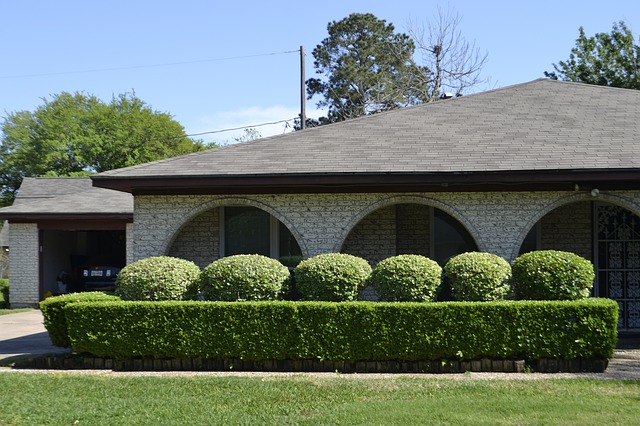Introduction
Tenant improvement refers to the modifications or alterations made to a rental property by a tenant to meet their specific needs or preferences. These improvements can range from minor cosmetic changes to major structural renovations. The purpose of tenant improvements is to create a space that is functional and suits the tenant’s business or personal requirements. In this article, we will delve deeper into the concept of tenant improvement and explore its various aspects.
Understanding Tenant Improvement
Definition: Tenant improvement, also known as leasehold improvement, refers to any alterations, additions, or renovations made to a leased space by the tenant. These improvements are typically carried out at the tenant’s expense and are intended to customize the space to meet their specific needs.
Types of Tenant Improvements: Tenant improvements can vary greatly depending on the nature of the lease and the tenant’s requirements. Some common types of tenant improvements include:
1. Cosmetic Changes: These improvements focus on enhancing the aesthetics of the space, such as painting, flooring upgrades, or installing new lighting fixtures.
2. Functional Modifications: These improvements aim to improve the functionality of the space, such as adding partitions, creating new rooms, or installing specialized equipment.
3. Structural Changes: In some cases, tenants may require significant structural modifications, such as removing walls, expanding the space, or altering the layout to better suit their needs.
4. Accessibility Upgrades: Tenant improvements may also include making the space more accessible, such as installing ramps, widening doorways, or adding accessible restrooms.
Responsibility and Cost: The responsibility for tenant improvements and associated costs can vary depending on the lease agreement. In some cases, the landlord may provide a tenant improvement allowance, which is a predetermined amount of money that the landlord contributes towards the improvements. The tenant is then responsible for covering any additional costs. In other cases, the tenant may be solely responsible for all aspects of the improvements, including design, permits, and construction.
The Process of Tenant Improvement
Planning and Design: The first step in the tenant improvement process is to assess the tenant’s needs and develop a plan for the desired improvements. This may involve working with architects, engineers, or interior designers to create a design that meets both the tenant’s requirements and any applicable building codes or regulations.
Obtaining Permits: Depending on the scope of the improvements, permits may be required from the local authorities. The tenant or their contractor is responsible for obtaining the necessary permits and ensuring compliance with all relevant regulations.
Construction and Implementation: Once the design and permits are in place, the construction phase can begin. The tenant or their contractor will oversee the construction process, coordinating with subcontractors, managing timelines, and ensuring that the improvements are carried out according to the approved plans.
Conclusion
Tenant improvement plays a crucial role in allowing tenants to customize their leased spaces to meet their specific needs and preferences. Whether it involves minor cosmetic changes or major structural renovations, tenant improvements help create a functional and personalized environment. The responsibility and cost of tenant improvements can vary depending on the lease agreement, and the process typically involves planning, design, obtaining permits, and construction. By understanding tenant improvement, tenants can make informed decisions and create spaces that are tailored to their requirements.
References
– www.investopedia.com
– www.thebalancesmb.com
– www.buildings.com












